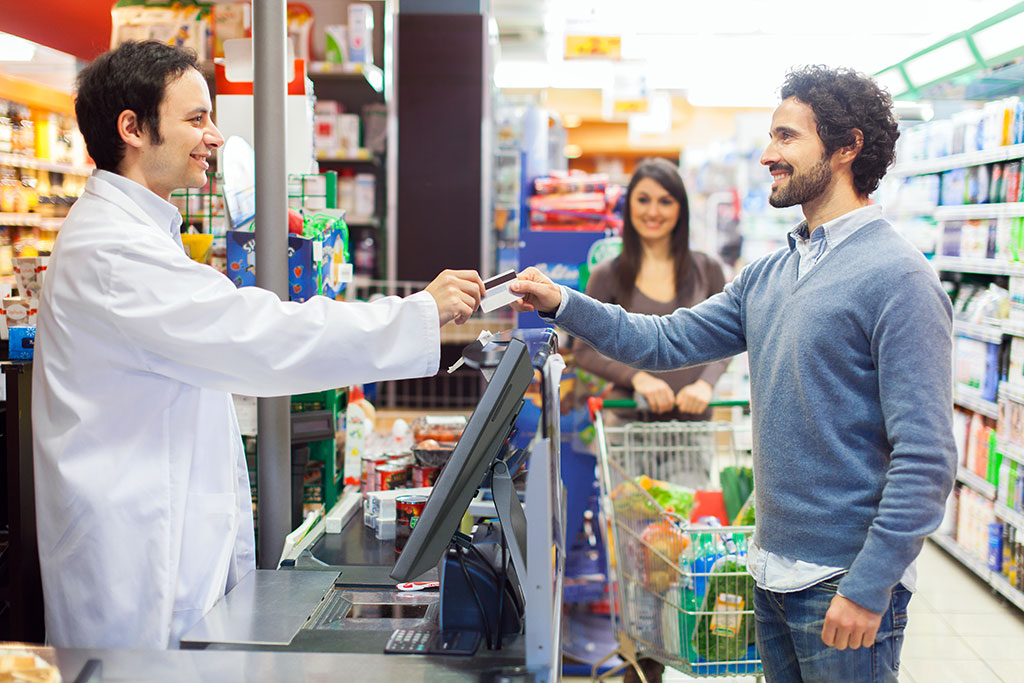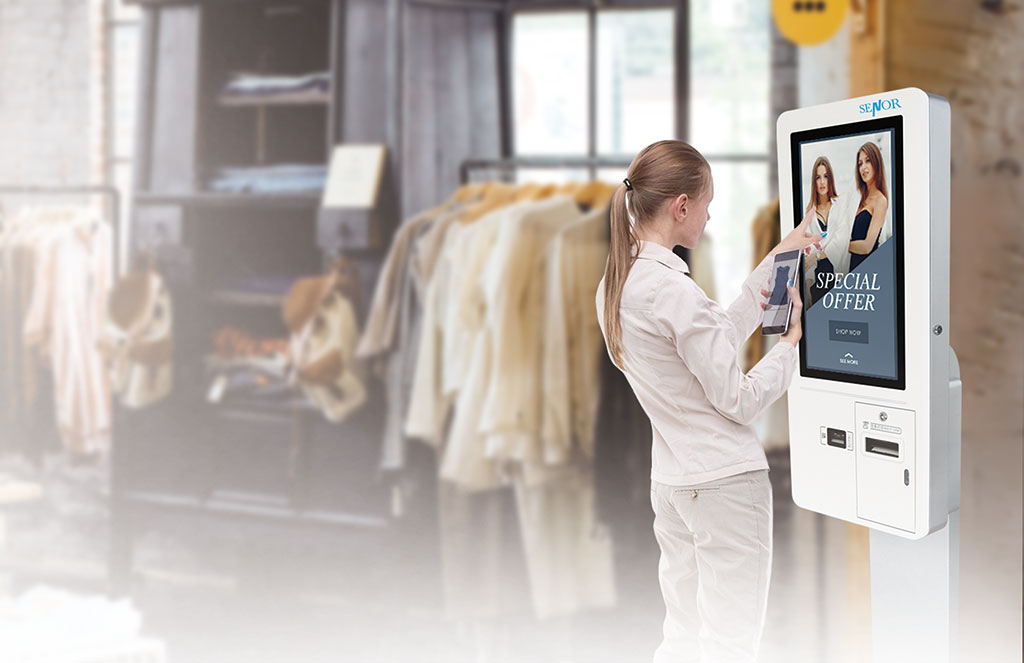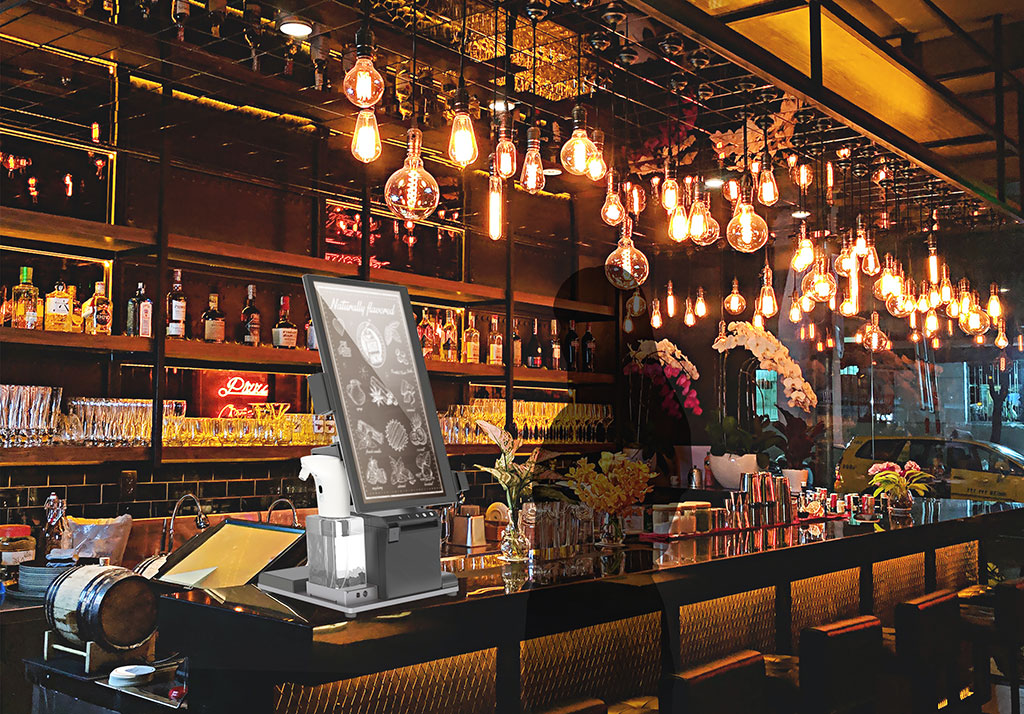SENOR POS system, or Point of Sale system, is a computerized system used in businesses to facilitate sales transactions. It consists of both hardware and software components that work together to process payments, track sales, and manage inventory.
What’s the hardware of POS System?
The hardware components of a POS system typically include a cash register or terminal, barcode scanners or card readers, receipt printers, and often a display screen for the customer to view the transaction details. Additionally, some systems may include peripheral devices such as scales for weighing products or customer-facing displays for advertising or promotional purposes.
What’s the software of POS System?
The software component of a POS system is the brain behind the operation. It runs on a computer or a specialized device and provides the interface for the user to input sales information, process payments, and perform various functions. The software may also include additional features such as inventory management, reporting and analytics, customer relationship management (CRM), and integration capabilities with other business systems.
The software can be divided into web version, App version, stand-alone version… etc.
What types of POS systems are there?
There are several types of POS systems. Here are some common types:
- Traditional POS System:
Traditional POS systems typically consist of hardware components and locally installed software. These systems require dedicated POS devices such as cash registers, barcode scanners, receipt printers, etc. The software runs on a local computer and can handle sales transactions, inventory management, report generation, and other functions. - Cloud-based POS System:
Cloud-based POS systems are based on cloud computing technology, where the software and data are stored on cloud servers and can be accessed over the internet. Users can connect to the POS system using various devices like tablets, smartphones, through a web browser or dedicated application. This type of system offers flexibility, scalability, and eliminates the need for local software installation, with data synchronized across multiple locations and devices. - Mobile POS System:
Mobile POS systems run on mobile devices such as smartphones, tablets, or handheld devices. They are often used in conjunction with external devices like card readers and can accept payments and process sales transactions from anywhere. Mobile POS systems are particularly suitable for mobile merchants, trade shows, or temporary sales locations. - Online POS System: Online POS systems are web-based POS systems commonly used for e-commerce websites or online marketplaces. Customers can select products on the website and complete the payment, while the POS system handles the payment processing and order management, integrating with inventory and logistics systems.
- Self-service POS System:
Self-service POS systems are commonly found in fast-food restaurants, food courts, or self-service supermarkets. Customers can use touchscreen terminals to place orders and make payments without relying on staff.These are some common types of POS systems. The choice of POS system depends on the specific business needs and environment.
6 Reasons why operations need POS system?
Senor POS system offers numerous benefits and is essential for businesses across various industries. Here are 6 reasons Why / What are the advantages of using POS SYSTEM for SME/retail industry need the POS system:
- Streamlined Sales Transactions:
A POS system provides an efficient and organized process for handling sales transactions. It enables businesses to quickly and accurately calculate totals, apply discounts or promotions, and process various payment methods such as cash, credit cards, or mobile payments. This streamlines the checkout process and improves customer satisfaction. - Inventory Management:
POS systems help businesses effectively manage their inventory. With each sale made through the POS system, inventory levels are automatically updated in real time. This enables businesses to track stock levels, identify popular products, and automate reordering processes. Accurate inventory management prevents stockouts and overstock situations, reducing costs and improving overall inventory efficiency. - Accurate Reporting and Analytics:
POS systems generate detailed reports and analytics that provide valuable insights into business operations. You can access sales reports, inventory reports, and financial summaries, allowing you to make data-driven decisions. These reports help identify trends, analyze performance, and determine areas for improvement, ultimately contributing to business growth and profitability. - Enhanced Customer Relationship Management:
Many POS systems include customer relationship management (CRM) features, allowing businesses to store customer data and track purchase history. This information enables personalized customer experiences, targeted marketing campaigns, and the implementation of loyalty programs. By understanding customer preferences and behaviors, businesses can improve customer satisfaction and foster long-term customer relationships. - Integration with Other Systems:
POS systems can integrate with other business systems, such as accounting software, e-commerce platforms, or third-party applications. This integration streamlines data flow, eliminates manual data entry, and improves overall operational efficiency. For example, integrating with accounting software automates financial record-keeping, while integration with e-commerce platforms ensures inventory synchronization across online and physical stores. - Enhanced Security:
Modern POS systems offer robust security measures to protect sensitive customer data and mitigate the risk of fraud or data breaches. They often incorporate encryption, tokenization, and secure payment gateways, providing a secure environment for transactions. This helps build trust with customers and safeguards your business reputation.Overall, a POS system is crucial for businesses as it optimizes sales processes, improves inventory management, provides valuable insights, enhances customer relationships, and ensures security. It helps businesses operate more efficiently, make informed decisions, and ultimately grow and succeed in a competitive market.
How to use POS system?
Using a POS system involves several steps to ensure efficient sales and transaction processing. Here’s a general guide on how to use a POS system effectively:
- Initial Setup:
Install the POS software on the designated terminal device (e.g., a computer, tablet, or dedicated POS terminal). Set up any necessary hardware components, such as barcode scanners, receipt printers, cash drawers, and card readers, and ensure they are properly connected. - Product and Inventory Setup:
Input your product information into the POS system’s database, including item names, descriptions, prices, and stock quantities. Categorize products into relevant groups or departments to facilitate easy navigation during sales transactions. If applicable, assign unique barcodes or SKU numbers to each product for efficient scanning. - Sales Transaction Process:
When a customer is ready to make a purchase, start the sales transaction on the POS system. Use the barcode scanner to scan the product’s barcode or manually enter the product code to add items to the sales order. Input the quantity of each item being purchased. The system will automatically calculate the subtotal for each product and the total amount due. - Payment Processing:
Choose the payment method the customer wishes to use (cash, credit/debit card, mobile payment, etc.). If accepting cash, input the amount tendered, and the system will calculate the change due. If processing card payments, follow the prompts to swipe, dip, or tap the card on the integrated card reader. The system will securely process the payment. - Receipt Generation:
Once the payment is processed successfully, the POS system will generate a receipt. Present the receipt to the customer, either in printed or digital format, as per their preference. - Inventory Management:
As sales transactions occur, the POS system automatically updates the inventory levels, deducting sold quantities from the available stock. Regularly monitor inventory levels to ensure timely restocking and avoid stockouts. - Reporting and Analysis:
Utilize the reporting and analytics features of the POS system to access sales reports, transaction summaries, and inventory reports. Analyze the data to gain insights into sales performance, popular products, customer trends, and overall business profitability. - End-of-Day Procedures:
At the end of each business day, reconcile the cash drawer by counting the cash received and comparing it to the POS system’s recorded sales. Close the register or end-of-day process on the POS system to finalize the day’s transactions and prepare for the next business day. - Ongoing Maintenance and Support:
Regularly update the POS software to ensure security and access any new features or bug fixes. Maintain a backup of the POS system’s data to protect against data loss. Contact the POS system provider’s customer support if you encounter any technical issues or require assistance.Remember that specific POS systems may have unique features and workflows, so it’s essential to consult the system’s user manual or seek guidance from the provider to fully understand the usage and maximize the system’s capabilities.



